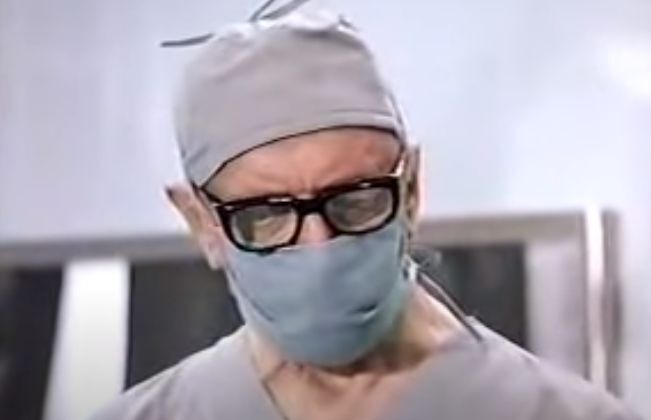The Hunchback of Notre Dame (1939) is a classic American film adaptation of Victor Hugo's 1831 novel. Directed by William Dieterle, the movie is renowned for its lavish production and powerful performances.
Here’s an overview of the film:
Key Details:
Director: William Dieterle
Producer: Pandro S. Berman
Cast:
Charles Laughton as Quasimodo: His portrayal of the bell-ringer is iconic, capturing the character's tragic mix of physical deformity and inner nobility.
Maureen O'Hara as Esmeralda: This was one of O'Hara's early roles, and her performance as the kind-hearted gypsy dancer is captivating.
Cedric Hardwicke as Frollo: A menacing interpretation of the archdeacon who becomes obsessed with Esmeralda.
Thomas Mitchell as Clopin: The leader of the beggars, adding a layer of intrigue and grit to the story.
Highlights:
Visual Design: The film is famous for its elaborate sets, especially the reconstruction of 15th-century Paris and the Notre Dame Cathedral.
Makeup: Charles Laughton's transformative makeup for Quasimodo was groundbreaking at the time, designed by legendary makeup artist Perc Westmore.
Themes: The story tackles themes of justice, love, social prejudice, and the clash between religious authority and personal morality.
The 1939 adaptation is often regarded as one of the most faithful and emotionally resonant versions of Hugo’s novel. It balances spectacle with a deep exploration of the characters, making it a definitive cinematic interpretation of the classic tale.
Here’s an overview of the film:
Key Details:
Director: William Dieterle
Producer: Pandro S. Berman
Cast:
Charles Laughton as Quasimodo: His portrayal of the bell-ringer is iconic, capturing the character's tragic mix of physical deformity and inner nobility.
Maureen O'Hara as Esmeralda: This was one of O'Hara's early roles, and her performance as the kind-hearted gypsy dancer is captivating.
Cedric Hardwicke as Frollo: A menacing interpretation of the archdeacon who becomes obsessed with Esmeralda.
Thomas Mitchell as Clopin: The leader of the beggars, adding a layer of intrigue and grit to the story.
Highlights:
Visual Design: The film is famous for its elaborate sets, especially the reconstruction of 15th-century Paris and the Notre Dame Cathedral.
Makeup: Charles Laughton's transformative makeup for Quasimodo was groundbreaking at the time, designed by legendary makeup artist Perc Westmore.
Themes: The story tackles themes of justice, love, social prejudice, and the clash between religious authority and personal morality.
The 1939 adaptation is often regarded as one of the most faithful and emotionally resonant versions of Hugo’s novel. It balances spectacle with a deep exploration of the characters, making it a definitive cinematic interpretation of the classic tale.
The Hunchback of Notre Dame (1939) is a classic American film adaptation of Victor Hugo's 1831 novel. Directed by William Dieterle, the movie is renowned for its lavish production and powerful performances.
Here’s an overview of the film:
Key Details:
Director: William Dieterle
Producer: Pandro S. Berman
Cast:
Charles Laughton as Quasimodo: His portrayal of the bell-ringer is iconic, capturing the character's tragic mix of physical deformity and inner nobility.
Maureen O'Hara as Esmeralda: This was one of O'Hara's early roles, and her performance as the kind-hearted gypsy dancer is captivating.
Cedric Hardwicke as Frollo: A menacing interpretation of the archdeacon who becomes obsessed with Esmeralda.
Thomas Mitchell as Clopin: The leader of the beggars, adding a layer of intrigue and grit to the story.
Highlights:
Visual Design: The film is famous for its elaborate sets, especially the reconstruction of 15th-century Paris and the Notre Dame Cathedral.
Makeup: Charles Laughton's transformative makeup for Quasimodo was groundbreaking at the time, designed by legendary makeup artist Perc Westmore.
Themes: The story tackles themes of justice, love, social prejudice, and the clash between religious authority and personal morality.
The 1939 adaptation is often regarded as one of the most faithful and emotionally resonant versions of Hugo’s novel. It balances spectacle with a deep exploration of the characters, making it a definitive cinematic interpretation of the classic tale.
0 Reacties
0 aandelen
55 Views














